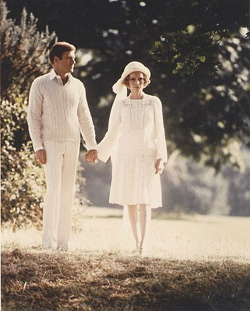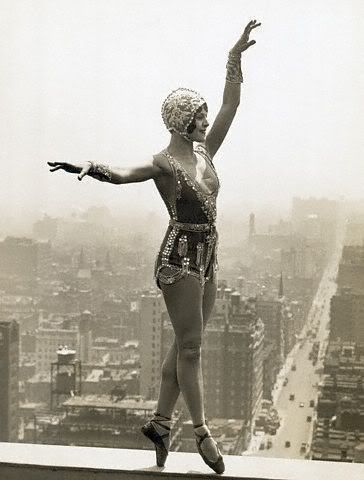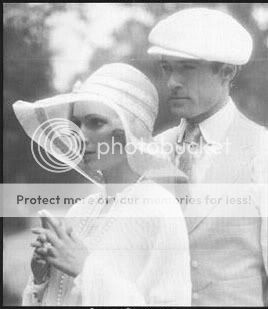
Robert Redford played the handsome Gatsby in the 1974 film version, and while he looks the part, reviews suggest he loses some of the mysterious essence of Gatsby. Mia Farrow played Daisy, and came off as ditsy and nervous, as if she doesn't have much substance for all these suitors to be chasing after her. But there were good reviews on the narrator of the movie...

"Nick Carroway, the protagonist and narrator, is somewhat better portrayed. His speeches remained compelling, to an extent, and watching his eyes through the film, they become sadder and sadder as Gatsby nears his tragic fate. The loss of innocence and disillusionment in the film fare somewhat better as well, and the elusiveness of happiness can fairly easily be inferred from the movie as well."
from Merlot Vivre copyrighted 2007
http://www.writing.com/main/view_item/item_id/1280814-The-Great-Gatsby-Movie-Review
As for the 2000 film version...

"This production is modestly successful at telling Fitzgerald's story, with an attractive recreation of the wealth and decadence of the era. While it is competently made, the movie is a bit bland, with the squeaky-clean look of a made-for-television movie and an overly straightforward set of performances. The party spirit of 1920s Long Island is there, but the depth of feeling between Gatsby and Daisy is not. When the movie is light and witty, it works. But the film's blandness robs the story of its most important element -- Gatsby's desperation and Daisy's yearning."
-Brian Webster
http://www.apolloguide.com/mov_fullrev.asp?CID=2845
There have also been numerous critiques suggesting that the two main actors have little passion for each other and do not play the parts so well portrayed in the book. While this ruins a bit of the plot in the book, the cinemetography is well developed and the settings for the scenes work well.
While each had their own critics, i believe the 1974 version followed the book closely, and relied on the storyline. Despite perhaps misconstructed characters, Nick was cast well and was able to bring the movie to its justice.


 While Dan Cody is not one of the central characters, he influences Gatsby in a great deal before this story began.
While Dan Cody is not one of the central characters, he influences Gatsby in a great deal before this story began. 


































